Cast Vs Forged Golf Irons: What’s The Difference?
Joel Tadman explains the key differences between the manufacturing techniques and which iron you should choose
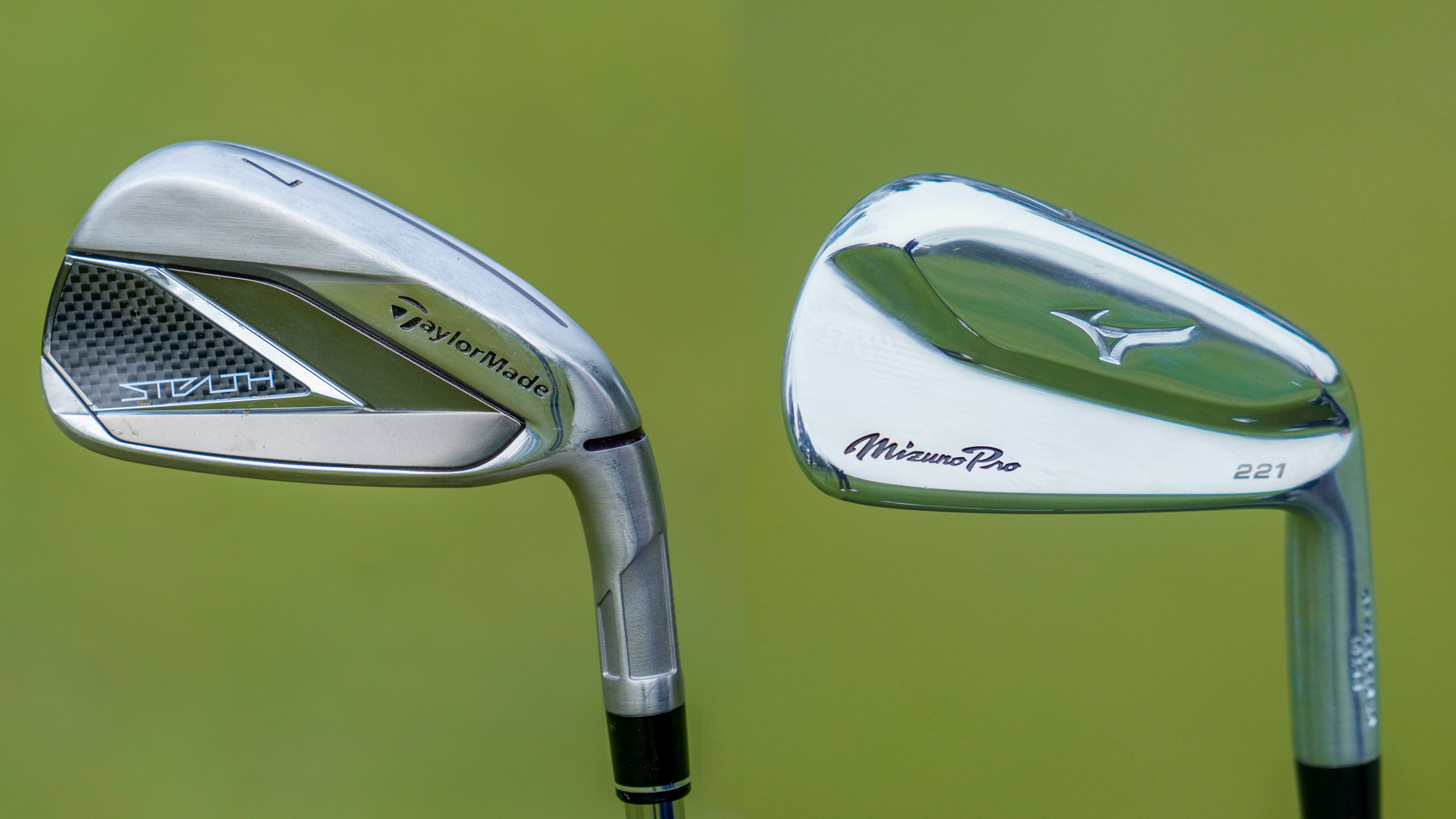
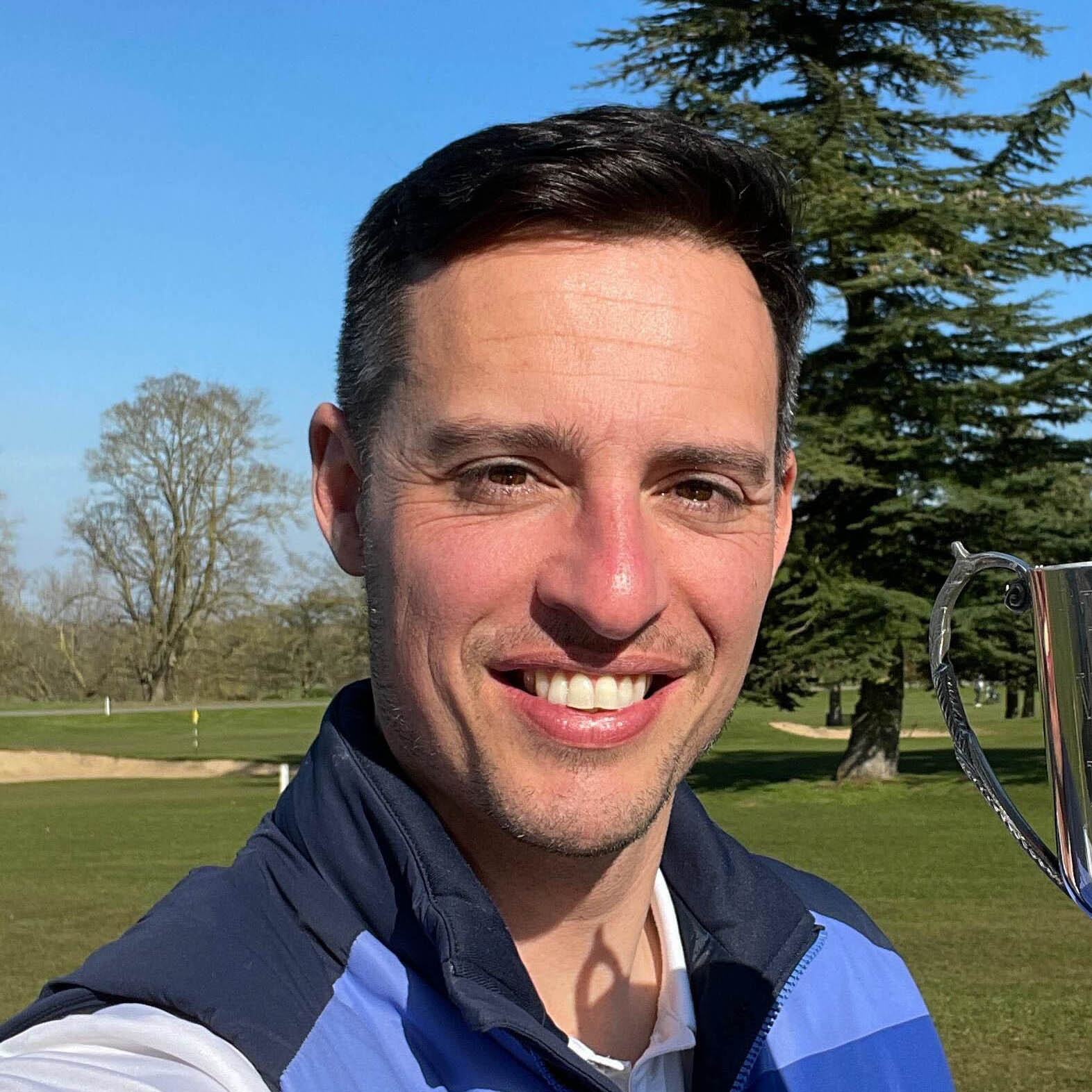
Cast Vs Forged Golf Irons: What’s The Difference?
Technology inside the best golf irons seems to know no bounds but despite the high level of innovation involved, the manufacturing of irons (and wedges) boils down to just two techniques - cast or forged. So what’s the difference between the two and which type of iron should you choose?
Cast irons are made from a mould. Think of casting like making ice in your freezer. You are turning a liquid into a solid by using a mould. Cast irons tend to be made from a stainless steel alloy - the steel goes into a furnace, melts and is then poured into a ceramic mould. When everything has cooled down, the mould is broken, leaving the club inside.
VIDEO: Mizuno's Chris Voshell explains the key differences between cast and forged irons
Cast irons are more commonly associated with cavity back, game improvement irons because manufacturers can be more creative with the design. The feel tends to be harder, a little less consistent and with a louder sound at impact because of the loss of the internal grain structure and because tiny air bubble can be produced during the process that absorb sound and vibration. Cast irons also tend to be cheaper than forged irons, which is one reason why these types of irons tend to sit at a lower price point than forged irons.
The best recent examples of cast irons would be the Ping G425, Callaway Rogue ST Max and the TaylorMade Stealth. You should be looking to choose a cast iron if you want to hit the ball higher and further and aren't too bothered about experiencing a soft feel.
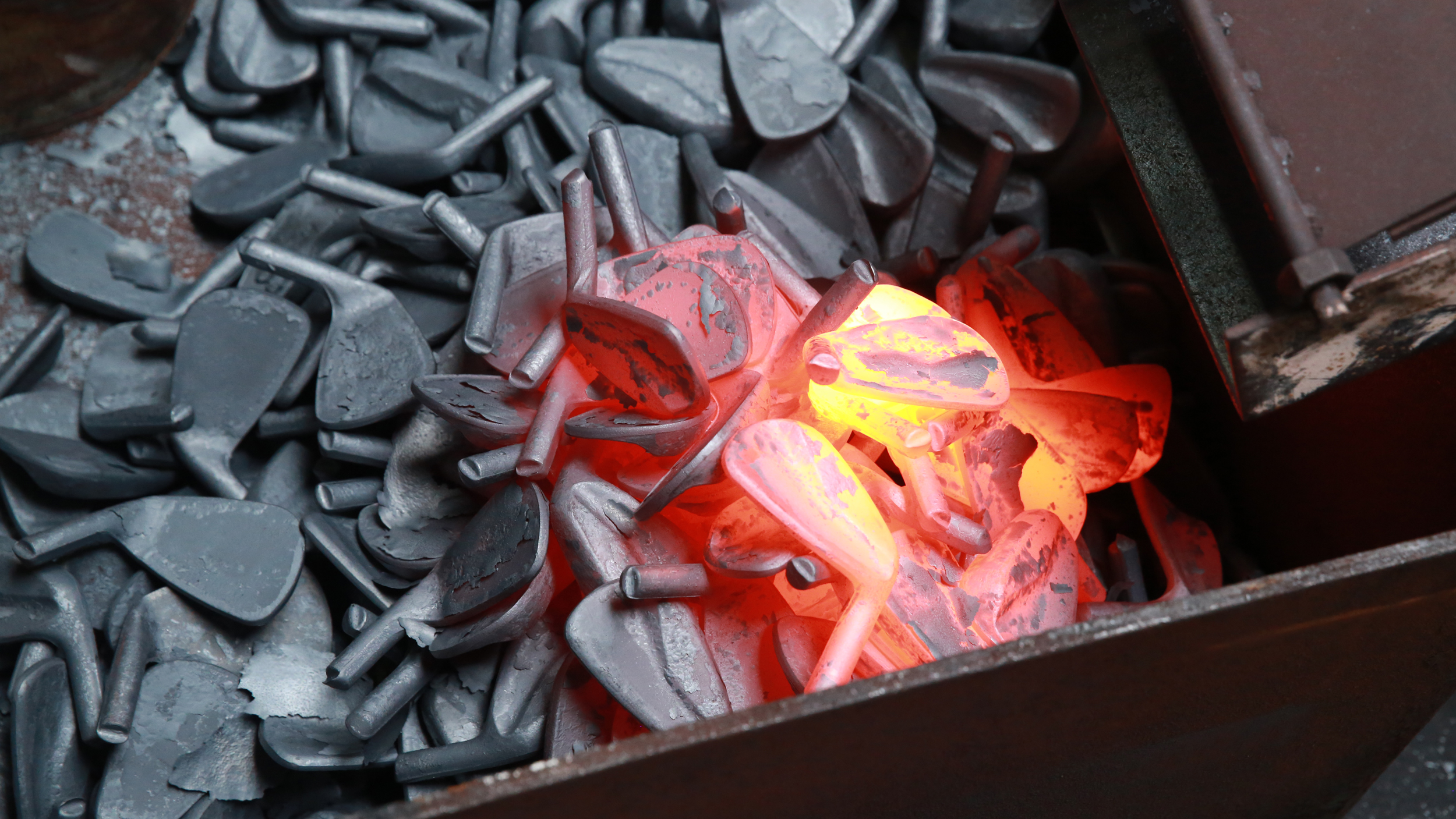
Forged iron heads having been pressed into shape
With forged irons, the club is fashioned from one piece of metal and so it is always in a solid state. The metal is heated until it is red hot, then hammered and crafted into shape by a very heavy press. They feel and sound different because there are no bubbles in a forged club, which gives them their longer sound, denser feel and more overall feedback.
Get the Golf Monthly Newsletter
Subscribe to the Golf Monthly newsletter to stay up to date with all the latest tour news, equipment news, reviews, head-to-heads and buyer’s guides from our team of experienced experts.
The forging process also tightens the grains within the metal. Mizuno is one of the most well-known makers of forged iron created in its Chuo forging house in Hiroshima. During it’s unique Grain Flow Forging process, a 10-inch billet of steel is heated, then bent into the lie angle of a golf iron before being pressed, ensuring continuous grain through the head to make some of the best Mizuno irons. Some brands will weld the neck onto a forged head or even just forge the face that then gets welded on to a cast head, which can mislead golfers into thinking the whole head is forged if it is inscribed somewhere on the head.
Forged irons, like the best golf blades, are mostly aimed at better players as they tend to be smaller and more feel-orientated. They don’t tend to be as long or forgiving as cast irons but offer a much softer feel and additional workability for competent players that like to manipulate the ball flight.
Examples of recent forged irons would be the Mizuno Pro 221, TaylorMade P7MC and Titleist 620 MB. You should choose a forged iron if you are a good ball striker with a high swing speed, like to see a penetrating flight and experience a soft feel.

Joel has worked in the golf industry for over 15 years covering both instruction and more recently equipment. He now oversees all equipment and video content at Golf Monthly, managing a team of talented and passionate writers and presenters in delivering the most thorough and accurate reviews, buying advice, comparisons and deals to help the reader or viewer find exactly what they are looking for.
One of his career highlights came when covering the 2012 Masters he got to play the sacred Augusta National course on the Monday after the tournament concluded, shooting a respectable 86 with just one par and four birdies. To date, his best ever round of golf is a 5-under 67 back in 2011. He currently plays his golf at Burghley Park Golf Club in Stamford, Lincs, with a handicap index of 3.1.
Joel's current What's In The Bag?
Driver: Titleist GT3, 9°, Fujikura Ventus Black 6 S shaft.
Fairway wood: Titleist TSR3, 15°
Hybrid: Titleist TSi2, 18°
Irons: Titleist T150, 4-PW
Wedges: Titleist Vokey SM10, 50°, 54° and 58°
Putter: LAB Golf DF3
Ball: 2025 Titleist Pro V1x
-
 JM Eagle LA Championship Prize Money Payout 2025
JM Eagle LA Championship Prize Money Payout 2025The LPGA Tour heads to California for the JM Eagle LA Championship, where the largest prize money payout of the season so far is on the table
By Mike Hall Published
-
 Corales Puntacana Championship Prize Money Payout 2025
Corales Puntacana Championship Prize Money Payout 2025The PGA Tour’s latest opposite field event features an attractive prize money payout and some former champions in the field
By Mike Hall Published
-
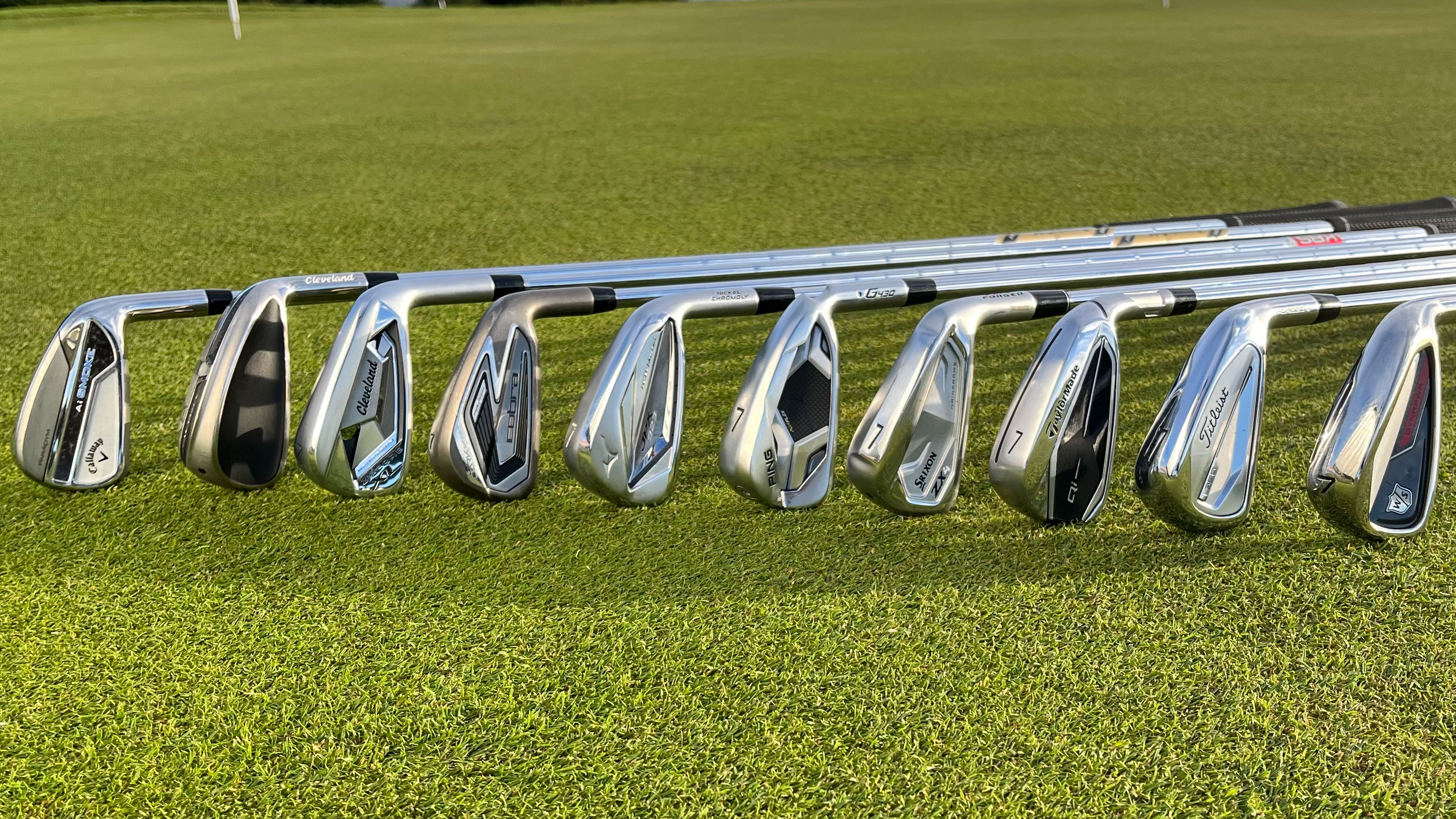 Do You Need Stronger-Lofted Irons? The Arguments For And Against
Do You Need Stronger-Lofted Irons? The Arguments For And AgainstAre you looking for greater distance? We look at the pros and cons of playing irons with stronger lofts
By Michael Weston Published
-
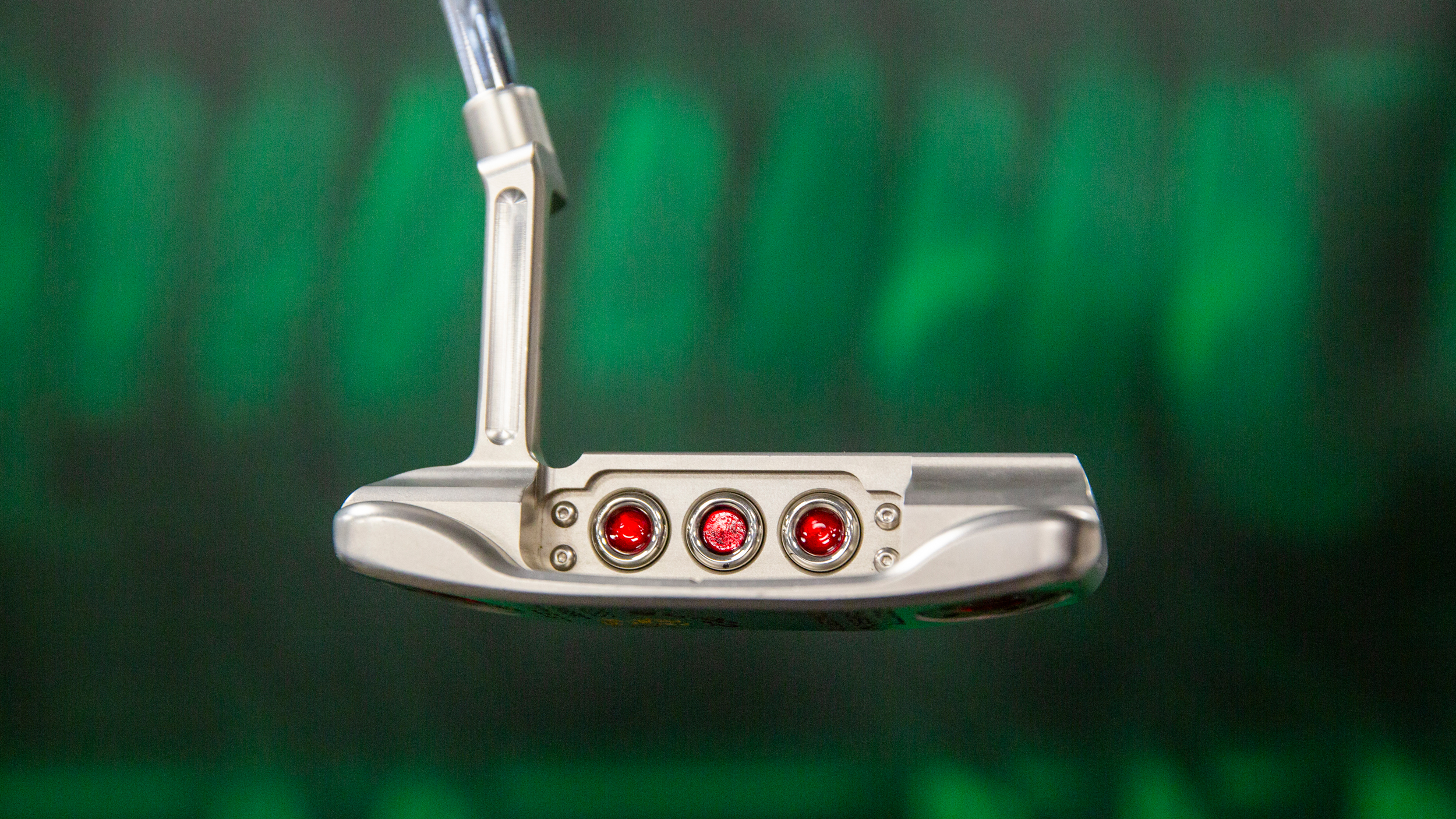 What Is My Putter Worth?
What Is My Putter Worth?Is now the time to part with your flatstick? You might be wondering how much it's worth, but there are many factors to consider that will affect its value...
By Michael Weston Published
-
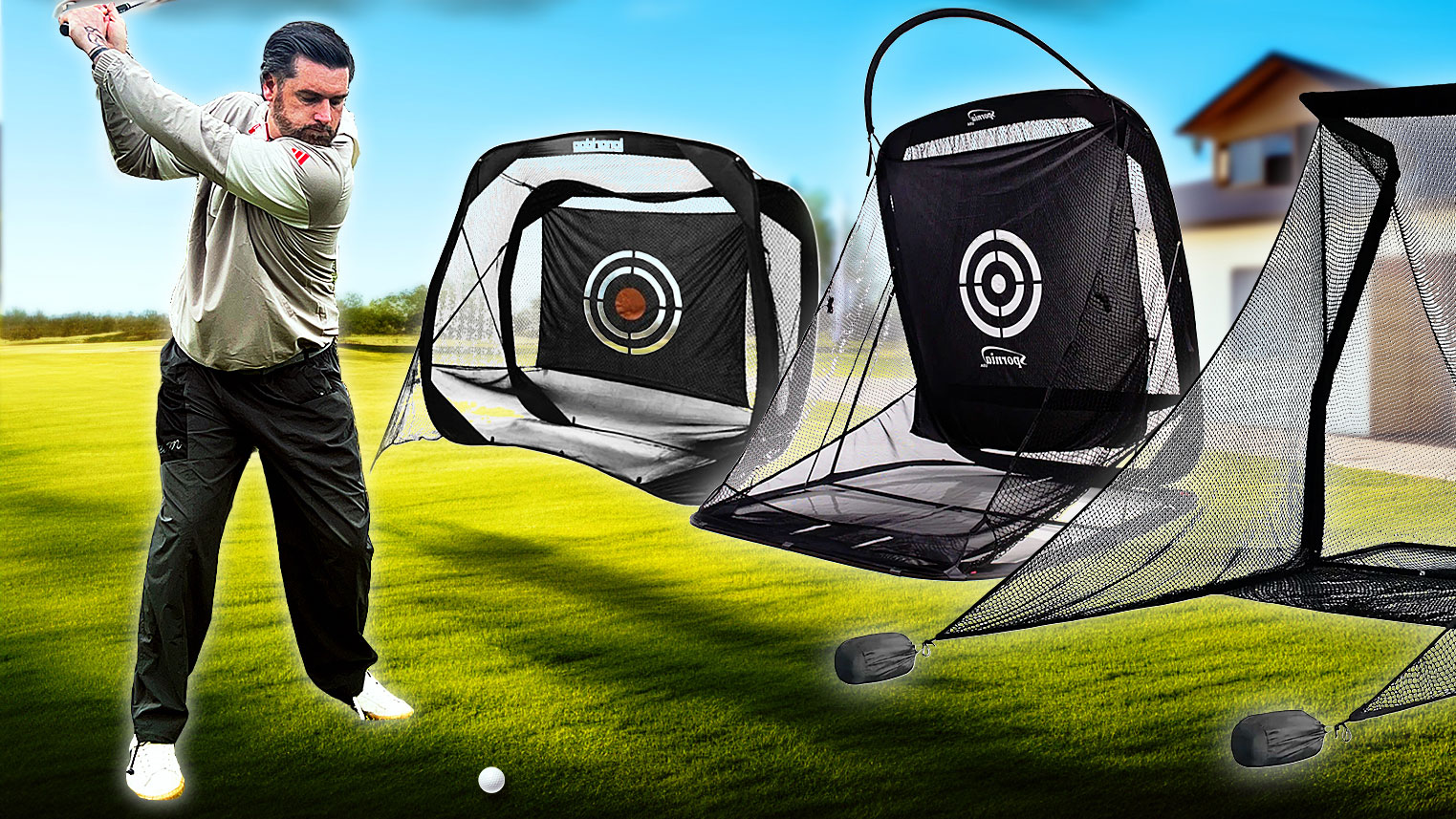 I Tested 5 New Golf Practice Nets And One Really Stood Out
I Tested 5 New Golf Practice Nets And One Really Stood OutJoe Ferguson has been looking at some home practice solutions to see which one might best suit your needs and budget
By Joe Ferguson Published
-
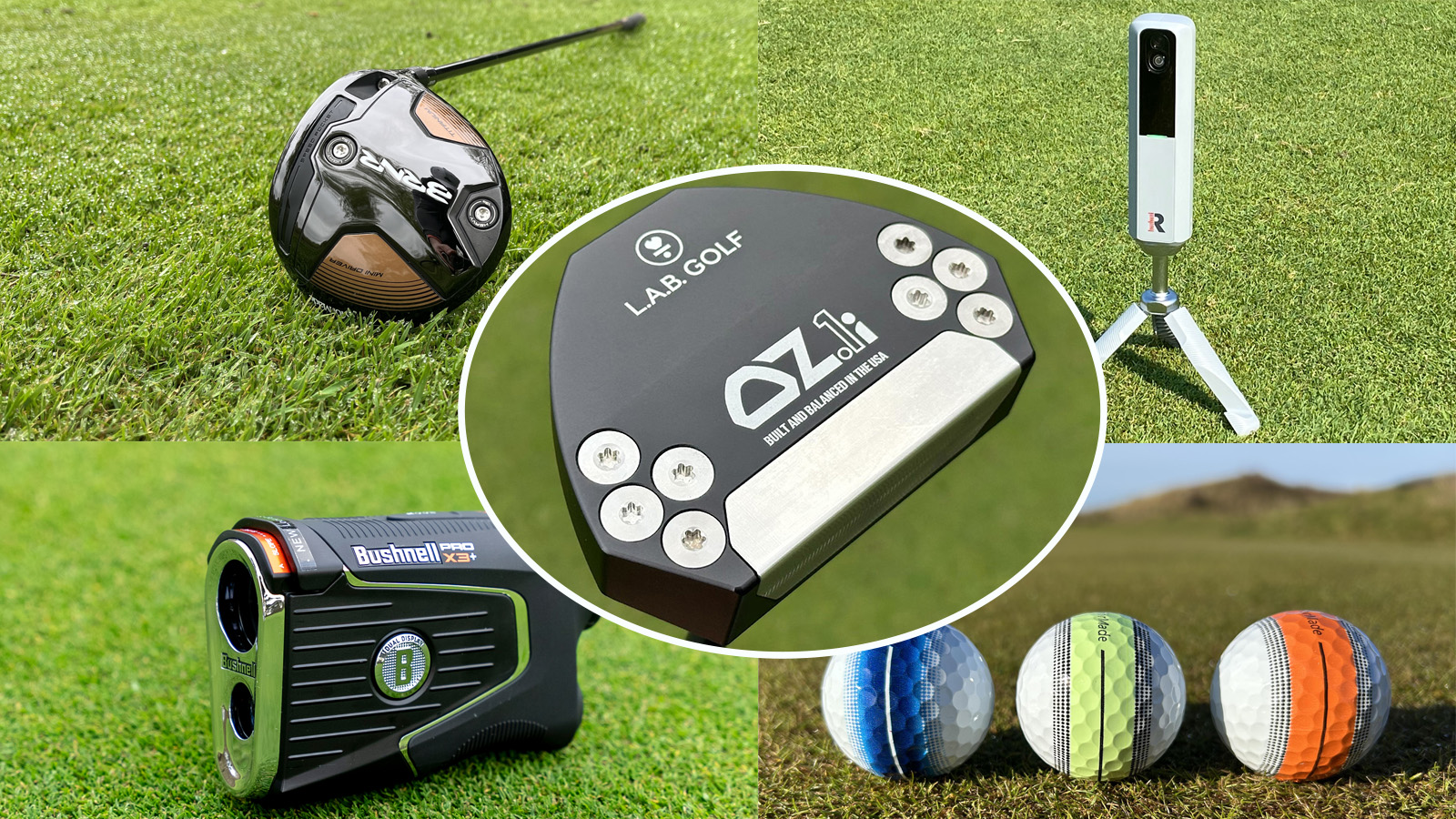 The 7 Biggest Golf Gear Trends In 2025
The 7 Biggest Golf Gear Trends In 2025Take a look at the most popular golf equipment trends of 2025 and why your game may benefit from them
By Sam De'Ath Published
-
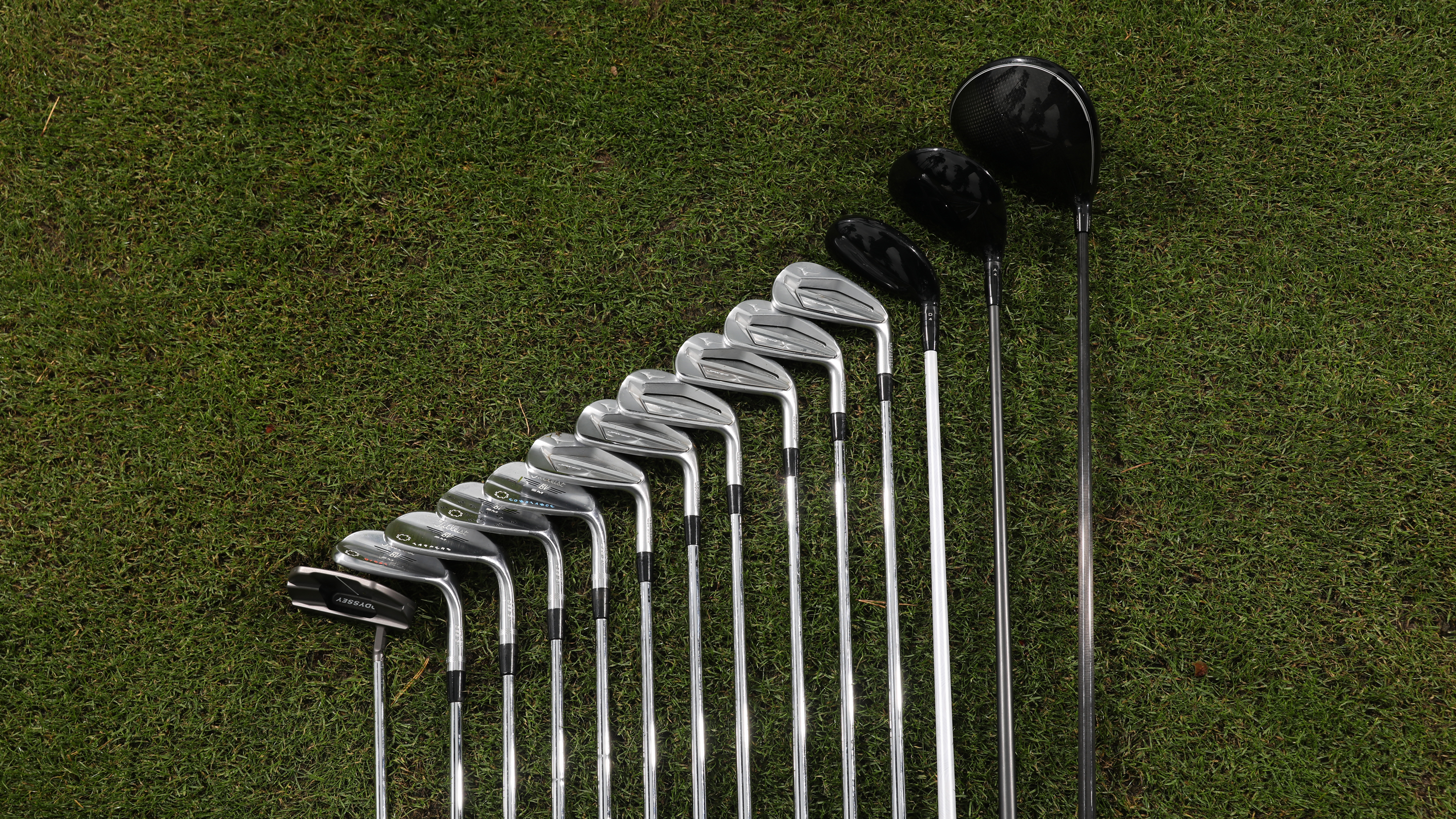 What Club Should Take The 14th Spot In Your Golf Bag?
What Club Should Take The 14th Spot In Your Golf Bag?The Rules say you are allowed to carry 14 clubs so you might as well do so, choosing the right weapon to complete your set-up could change your game.
By Fergus Bisset Published
-
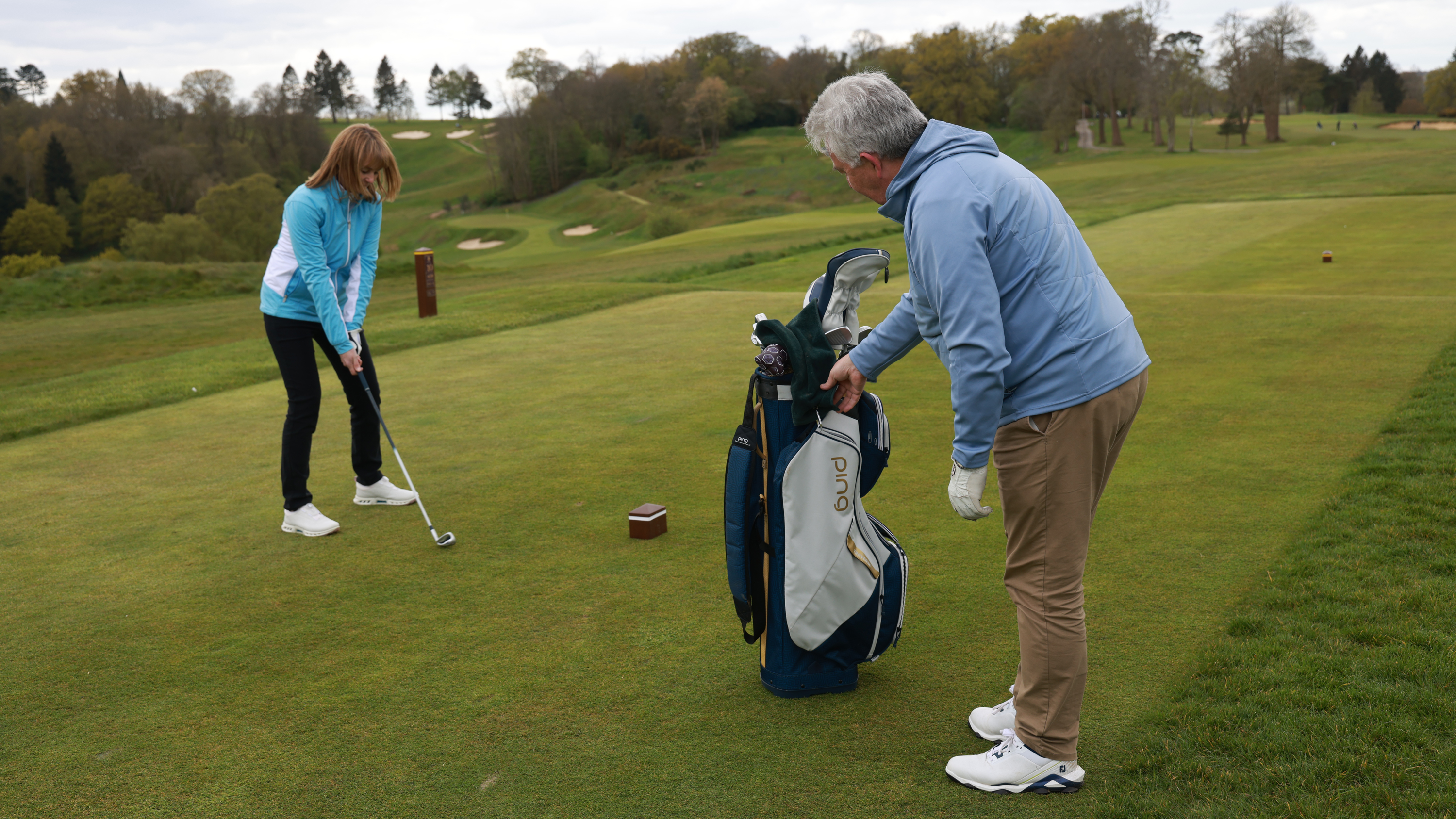 Should Some Men Use Women’s Golf Clubs?
Should Some Men Use Women’s Golf Clubs?Could a swap to women’s golf clubs help some men’s games? Is it a realistic option to make the switch? We spoke to a PGA pro to get the answer
By Fergus Bisset Published
-
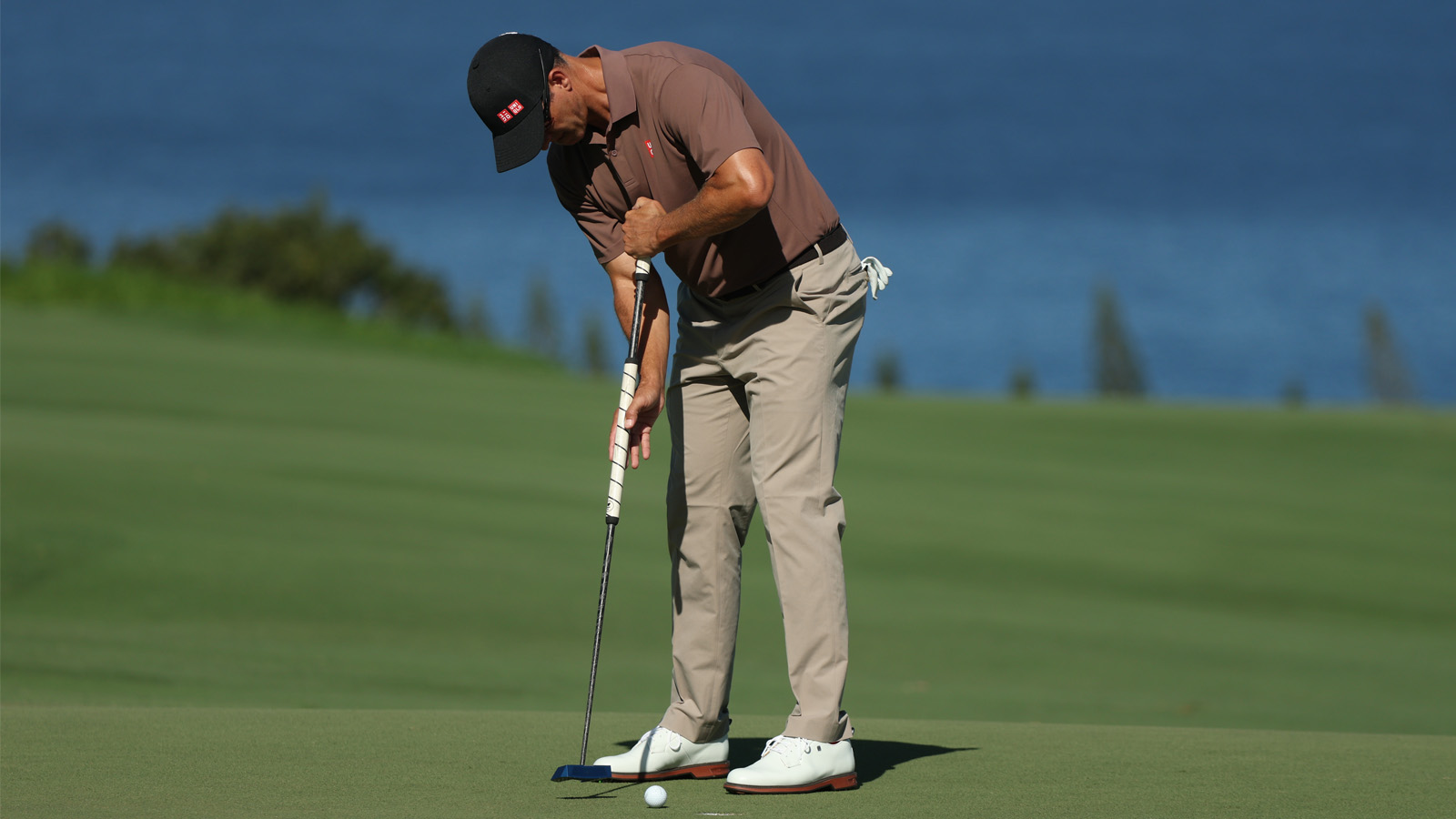 Long Putters Are On The Comeback And I Don't Like It
Long Putters Are On The Comeback And I Don't Like ItIncreasingly used by some of the best golfers in the world, are long putters making a comeback that no-one saw coming? I for one hope not
By Sam De'Ath Published
-
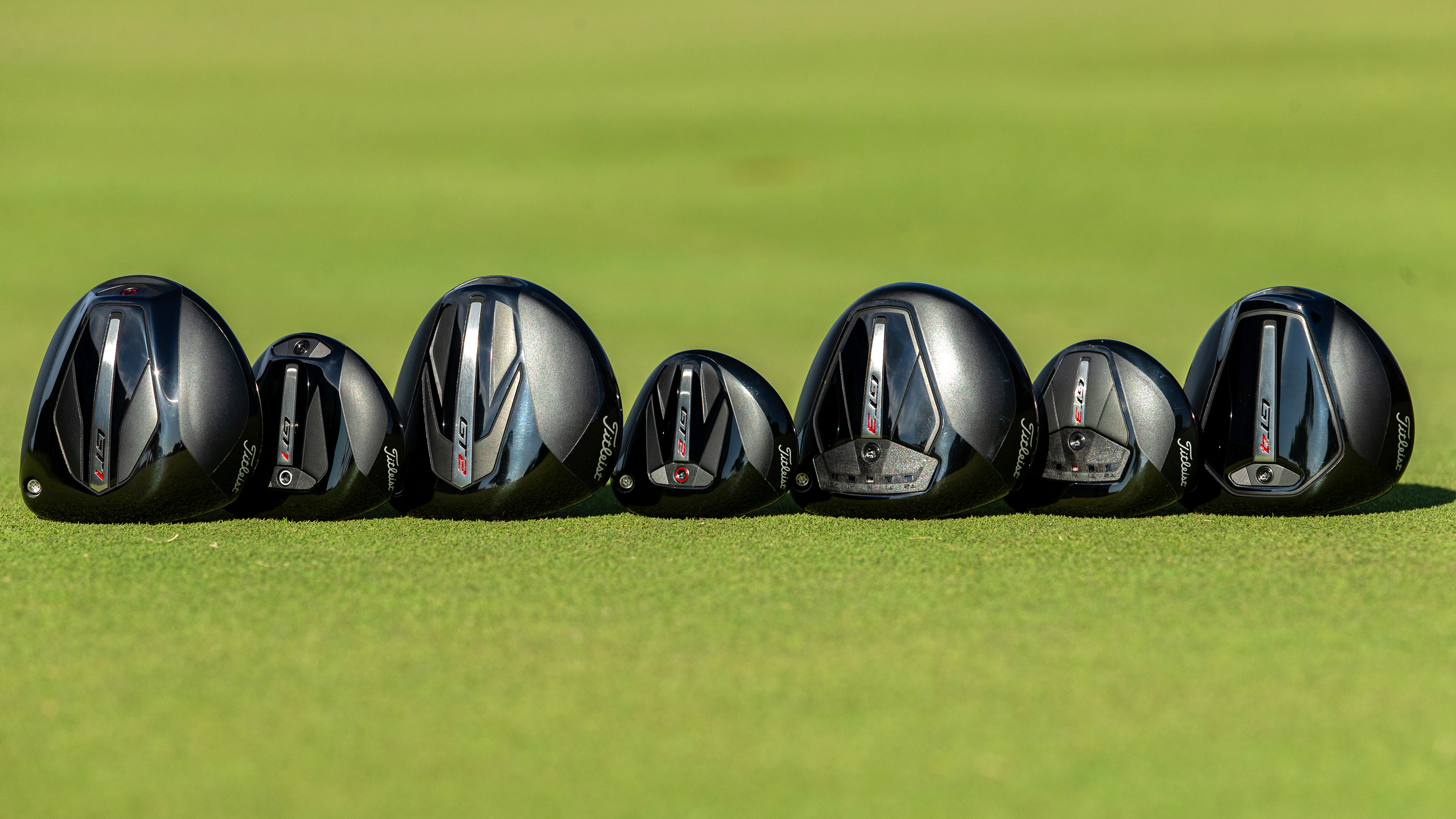 How To Build The Right Set Of Metalwoods For Your Game
How To Build The Right Set Of Metalwoods For Your GameHow should you configure the clubs at the top end of the bag? We outline everything you need to consider when choosing a driver, fairway wood and hybrid…
By Joel Tadman Published